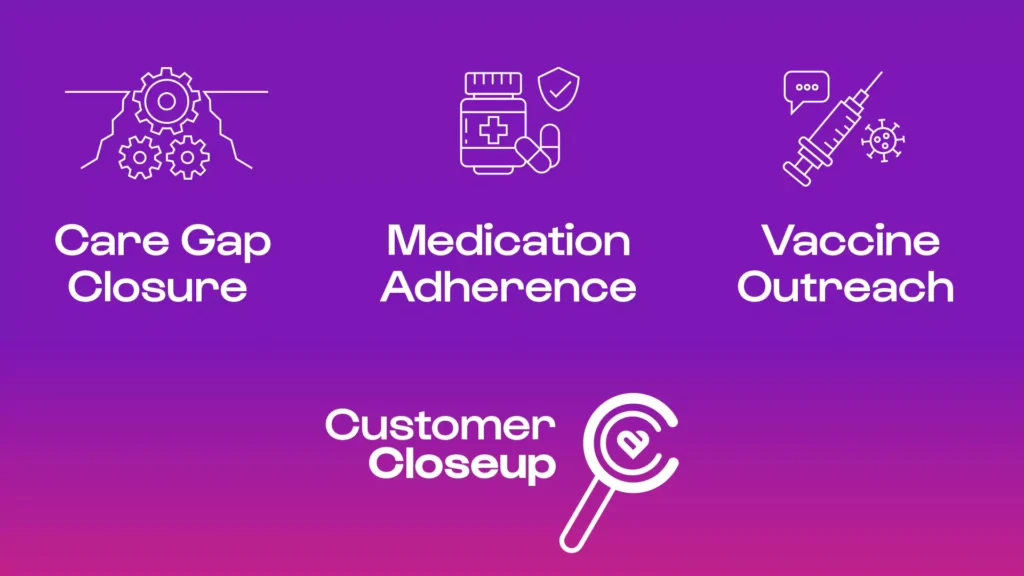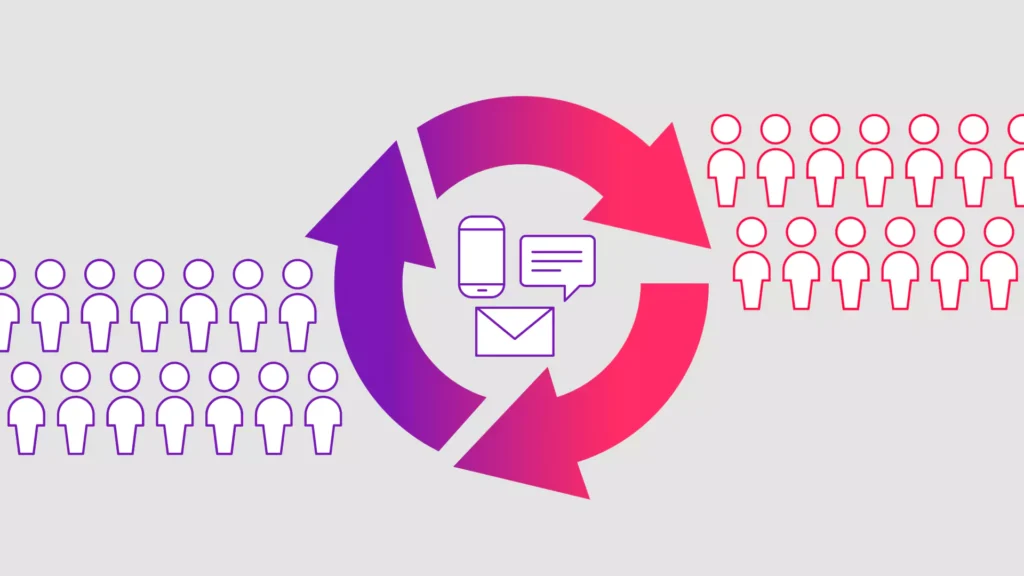SHARE:
[DISPLAY_ULTIMATE_PLUS]
Being responsible for innovation—in a famously slow-moving industry—can feel like an oxymoron.
Somehow, it’s your job to simultaneously resolve individual pain points and develop a long-term vision for the way your health system runs. And getting people on board—either for individual solutions or long-term pain points—isn’t always easy.
At WELL, we’ve worked with a wide range of innovation leaders, and we’re used to helping bring people into alignment as they implement our platform. We’ve seen heads of innovation who were great at getting buy-in across their organization. We have also seen the particular areas where they’ve struggled.
Get an overall picture
Rather than trying to learn the ins and outs of each department from the beginning, start with the CEO or head of your health system. What are their large-scale goals for the organization? How are they being measured? These things vary hugely across organizations.
Once you understand those things, it’s easier to ask individual departments and heads how their objectives align with the larger vision. That way, the solutions you develop will be more strategic and targeted toward your health system’s overall goals, rather than being small-scale fixes for isolated problems.
It also means that you’re more likely to get buy-in. Helping colleagues toward their own strategic goals is the best way to get them on board.
Find pain points
That said, a large part of an innovation leader’s role involves listening. “If you walk into a room and say, ‘This is what we’re going to do,’ you have already lost people,” said John Halamka, the executive director of Beth Israel’s Health Technology Exploration Center.
He makes it a point to ask colleagues, “What are your business problems? What are your pain points? What are the things for which, if there were a technological solution, you really would feel better about your workday?”
Put solutions first
While it’s easy to think primarily in terms of solutions to existing problems, it’s not always that simple. According to Michelle Stanbury, vice president of innovation at Houston Methodist, the invention of a new solution sometimes can bring a hidden problem to light.
“You may not understand the pain point until you understand what’s available in the industry,” she said. Houston Methodist’s group of self-titled DIOPs—that’s “digital innovation-obsessed people”—actually begins by keeping a close eye on new technological developments both in healthcare and elsewhere. When they see an exciting new technology, Stanbury said, the next step is to “wonder if we can bring that back into healthcare.”
Not all organizations are as tightly focused on innovation, and it’s common to encounter some resistance from key figures. At WELL, we’ve had a lot of experience working with people in these roles. Below are some key strategies for getting them in your camp.
Chief Financial Officer
“If you go to a chief financial officer and claim a return on investment on an IT project, most savvy chief financial officers will not believe you,” Halamka said.
It’s counterintuitive. After all, CFOs are focused on financial impact, so it makes sense that you’d want to show a direct relationship between a new innovation and a specific, measurable outcome. But it’s also a CFO’s job to be risk-averse, and no solution is guaranteed to produce a solid return on investment.
However, they do understand the importance of benefiting the organization in other ways, so it can be more effective—and more flexible—to make a case based on potential impact. “Focus on other things: the strategic imperative, the impact factor, the safety and quality, and the compliance and regulatory side,” Halamka said.
In particular, he recommended focusing on patient satisfaction, improving physicians’ and staff members’ work lives, and presenting a cutting-edge image to the world. “The health care system wants to be known as tech savvy,” he explained.
Chief Medical Officer
A CMO is most likely dealing with a burned-out physician group. “Physicians want to get back and spend more time with their patients,” Stanbury said. A savvy CMO will be interested in natural-language processing or AI solutions that can help make that happen.
In addition, CMOs care intensely about clinical outcomes, and metrics are important. Before you bring an idea to your health system’s CMO, spend some time reading studies that support your proposed innovations—and if possible, reach out to the experts who wrote those studies. The expertise and data they provide can go a long way.
According to Halamka, never underestimate a CMO’s role as peacekeeper. “A chief medical officer’s role is to align all of these individual, sometimes strongly opinionated, clinicians to a single path forward,” he said. “If you can, as an innovation officer, go to the chief medical officer and say ‘I have a product or an idea that will standardize work and align clinicians to do things one way.’ The chief medical officer will jump for joy.”
But it’s important to be humble—everywhere, but perhaps especially here. Healthcare is a complicated space, and patient outcomes are hard to measure and prove. You may be persuaded by the first set of metrics you present, but a CMO may not. Enlist the help of experts and re-frame your case.
Head of Marketing
“How is the organization perceived?” is the first question on a marketing officer’s mind, whether they’re thinking about acquiring new patients or just the health system’s brand perception more generally.
This can be a great thing. A new technology may not move the dial for a CMO or CIO who’s focused on results. But a marketing officer is likely to love it, provided that it makes your organization look innovative and forward-thinking.
A marketing officer also differs from other leaders in one important way: Everyone else is more invested in the existing structure and patient population. By contrast, marketing wants to reach out into the world, attracting attention and acquiring new patients.
Innovations designed to attract patients—such as a new technology designed to improve communication, or Houston Methodist’s new app intended to give patients easier access to the health system—are likely to go over well. So are smaller-scale implementations that don’t have an easily measurable payout—like introducing a new live chat designed to capture new patients.
Finally, a marketing officer may be particularly interested in integrations that raise the brand profile. Partnering with a major name will help your health organization appeal to a larger community. If you’d rather not take on the considerable work of partnering, look for vendors that have already developed multiple integrated partnerships, which takes the heavy lifting off your shoulders. ♥



